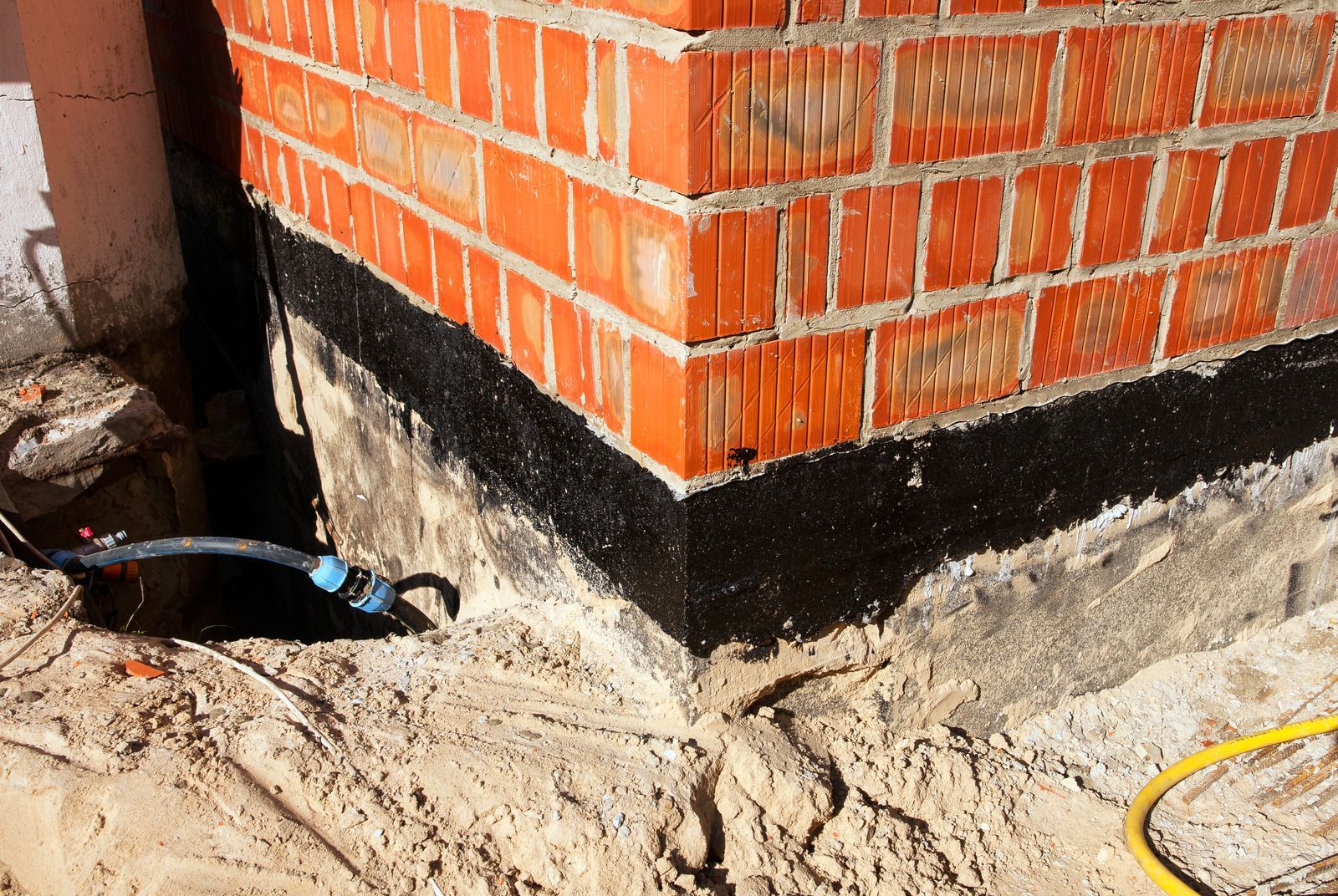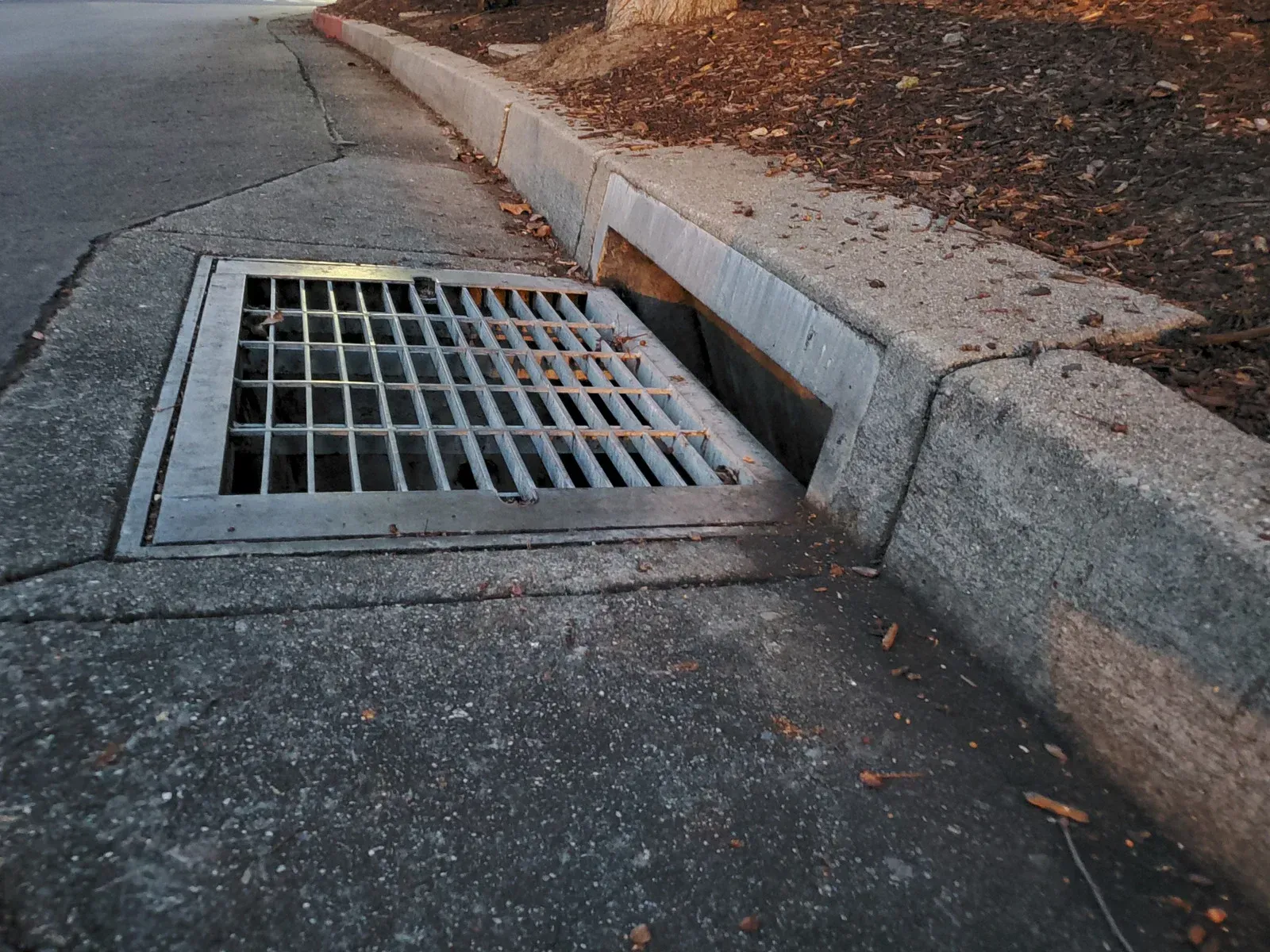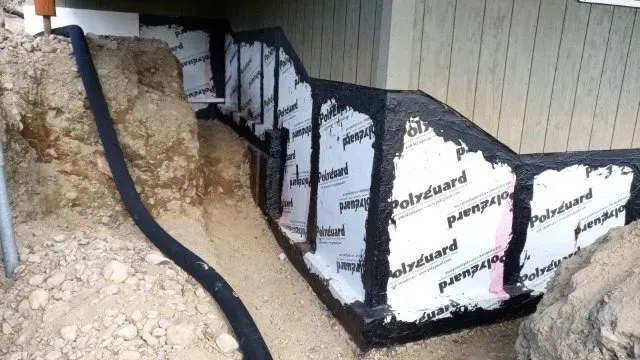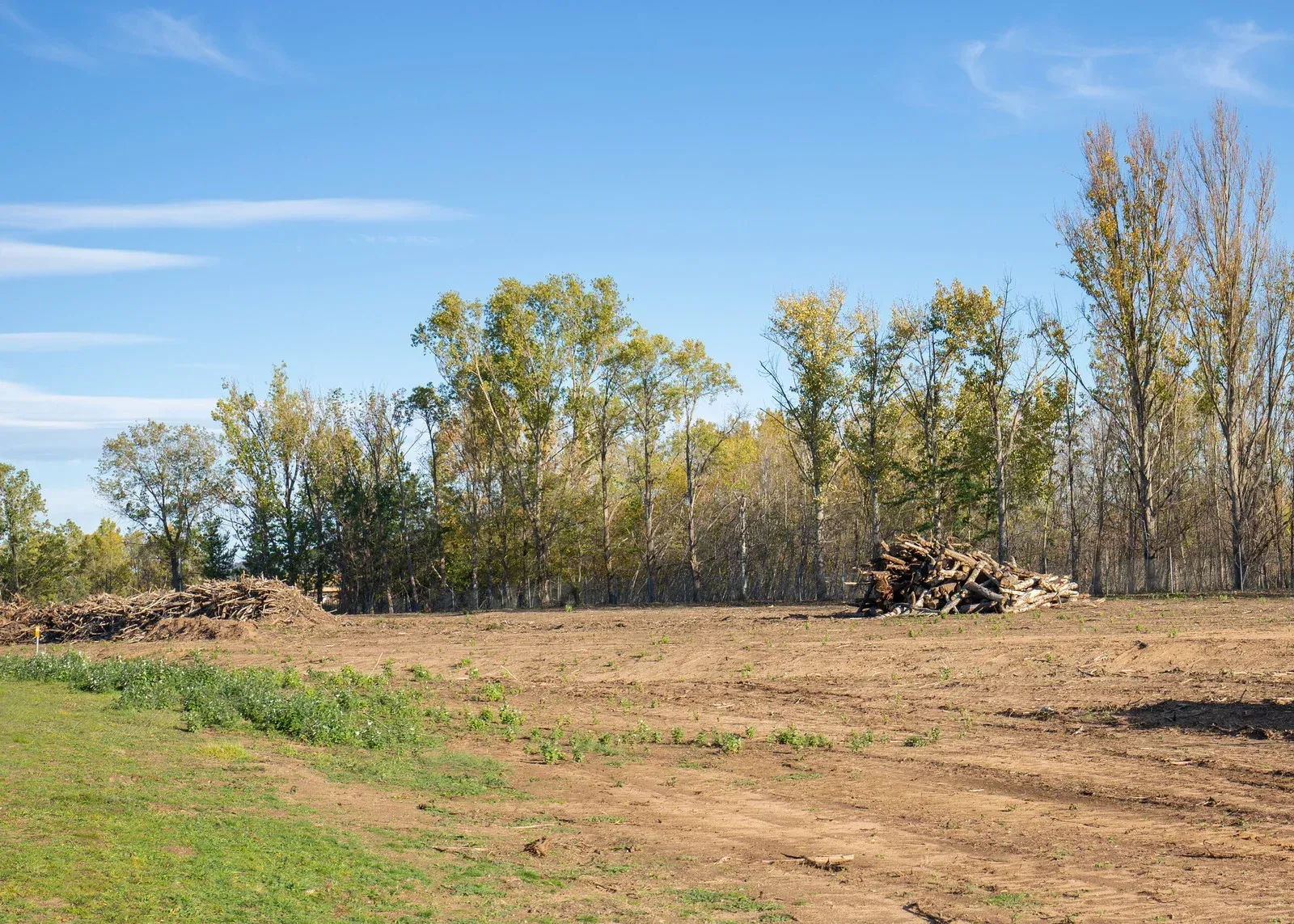Top Tips For Waterproofing Your Basement Walls
Are you tired of dealing with a damp and musty basement? Does the thought of water damage to your belongings make you nervous? It's time to take action! Waterproofing your basement walls is essential in protecting your home from potential flood damage. But where do you start? Don't worry; we've got you covered. In this blog post, we'll share our top tips for waterproofing your basement walls so you can know that your home is safe and secure. Let's dive in!
Types of Waterproofing Systems
There are a few different types of waterproofing systems available on the market. Below, we will explore a few of the most popular options so that you can decide which system is right for your home.
1. Interior Drainage Systems: Interior drainage systems are designed to redirect water that has already entered your basement away from your living space. These systems consist of a network of drains and pipes that collect water and direct it to a sump pump, which then pumps the water out of your home.
2. Exterior Drainage Systems: Exterior drainage systems are designed to keep water from ever entering your basement in the first place. These systems consist of a network of drains and pipes that collect water and direct it away from your foundation before it has a chance to enter your home.
3. Waterproofing Membranes:
Waterproofing membranes are sheets of material that are installed on the exterior of your foundation walls. They work by creating a barrier that prevents water from seeping through cracks or joints in your foundation walls.
How to Check for Leaks?
1. Check the basement walls for any cracks or holes. These can be potential entry points for water.
2. Inspect the gutters and downspouts to make sure they are free of debris and flowing properly.
3. Look for any signs of water pooling around your home's foundation.
4. If you have a sump pump, ensure it is in good working condition, and the discharge pipe is not blocked.
5. Regularly check your basement walls and floors for any moisture or water stains.
Maintenance Tips for Your Basement Walls
Waterproofing your basement walls is a great way to keep your home dry and free of moisture. Here are some maintenance tips to help you keep your basement walls in good condition:
1. Inspect your basement walls regularly for cracks or leaks. If you find any, repair them immediately.
2. Keep your gutters and downspouts clean and in good repair. This will help prevent water from seeping into your basement through the foundation.
3. Apply a waterproof sealant to your basement walls if they are not already sealed. This will help repel water and keep your basement dry.
4. If you have a sump pump, ensure it is in good working order, and the batteries are fresh. A sump pump helps remove water from your basement if there is a leak or flooding.
5. Store any valuables or items that water could damage in a safe, dry place above ground level, just in case water does enter your basement.
Following these simple maintenance tips can help keep your basement dry and free of moisture damage.
Conclusion
Waterproofing your basement walls is essential for protecting your foundations and home from water damage. With the tips we have discussed, you can easily waterproof your basement walls with minimal effort. However, it is important to regularly inspect them to ensure they are still functioning properly and provide adequate protection against moisture intrusion. Taking preventative measures now can save you a lot of time, money, and hassle in the long run!






